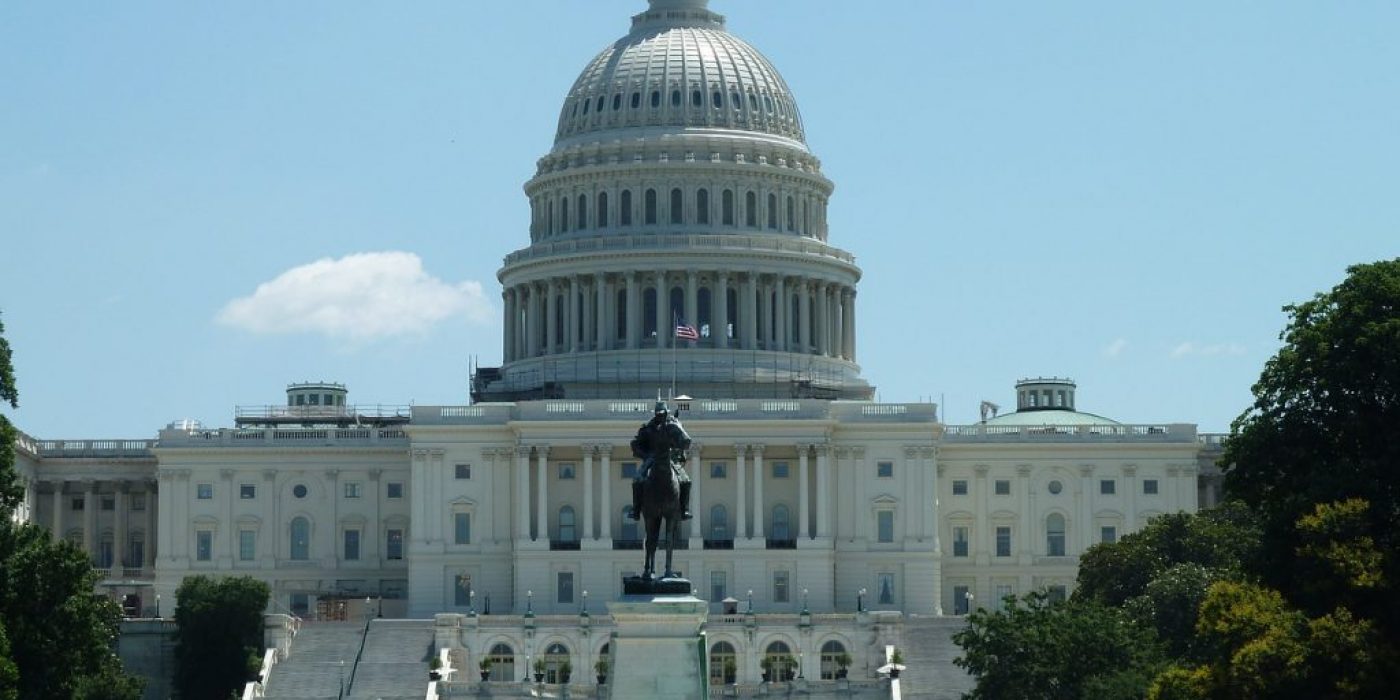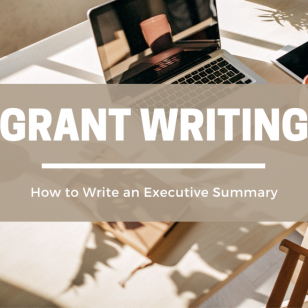By Craig Klose
Contributing Writer
Writing grants to a government agency vs. a private foundation or charitable trust can be vastly different. We’ll start with government grants because in many ways they are the more challenging of the two types of grants.
Writing Grants to Government Agencies
Give yourself enough time to write the best grant possible. With government grants you should plan well enough in advance so you can weather a few setbacks and still be on schedule. A year is ideal. Six months should be the bare minimum.
If you have never worked on one, a federal grant can be a monster. Take federal education grants. They are some of the most time-consuming and labor-intensive projects you will face as a grant writer. Grants such as the ESEA, Title 1 and Individuals with Disabilities Education Act (IDEA) Grants to States, when completed and printed, are two to three inches thick. This is a good time to reflect on the fact that grant writing is a collaborative process. There may be one grant writer but that person will likely work with a team including chief executives, board members, fiscal coordinators, program planners and more for the whole process. (So remember, for all of our small nonprofit friends wearing many hats: everyone is busy and overworked and you’ll likely have to schedule and reschedule at their convenience to all the parts of the grant done.) Do it with tact and grace.
Think of the government grant process as equivalent to writing a book. No, nobody is trying to intimidate you. That’s the point – if you’re prepared, you will not be intimidated by the scale of a project.
Project Design
Your project design is the single most important element in a government-funded grant. Developing your initial project ideas into an elegantly designed grant proposal is the most valuable preparation you can undertake in the year leading up to your grant deadline. Your grant project must be airtight! Every element must fit together to form a project that is so perfect, such an obvious fit between applicant and funder, that the grantor will wonder why they didn’t think of it themselves! Your project must:
- Exactly match funder missions and priorities
- Be the correct solution to an existing problem or opportunity
- Demonstrate a significant return on investment
Your narrative, your budget and your budget narrative all must tell the same story. In other words, every element that appears in your narrative must be represented in its correct proportion in your budget (for example, if the single largest expense item in your budget is the purchase of computers, but in your project narrative computers aren’t mentioned until the second to last page, that’s a glaring problem.
Learn from the Past
Research past successful grants: Start your preparation by reviewing successful grant applications submitted to the agency you are applying to from organizations comparable to your own. For instance, if you are a school district, contact some of your colleagues at other local/regional districts to see if they have applied to and received funding from agency X. In most cases, fellow organizations are happy to share winning grants with you, although they may remove documents that contain sensitive or proprietary information.
Getting Help Writing Your Grant
When reading through past successful grants, notice how big the finished application is. Keep in mind, the larger the grant, the larger your commitment of company time and resources. A 75-page grant is a doable undertaking for a small nonprofit with limited staff and resources. But a 500-page grant is another story.
This may be more than your organization can handle without professional guidance. Look to the grantor for assistance first – some government grant programs have built-in technical assistance. For instance, the Appalachian Regional Commission Area Development Program grants comes with a Technical Assistance staffer whose only job is to help applicants with their proposals. If you are working on a grant and begin to feel the agency you are applying to is not helping you sufficiently, it’s time to seek outside help. If hiring a grant writer is beyond your means at the moment, your local community foundation or business development organization often has resources available to help you out at little to no cost to your organization. This is one more excellent reason to maintain a friendly relationship with organizations of this kind in your area.
Where to Start When it’s Writing Time?
With the pieces that take longest to accomplish: support letters. These are required for most grants but you should always consider them first because they involve the cooperation of other (usually very busy) people.
Let’s use the school district example again. You need support letters from, say, all the superintendents of a particular district. This may mean participation and cooperation from five or 25 superintendents. What is the time of year? If you are preparing an application with a September due date, you will probably be writing the grant in July or August. If you need a superintendent to write or sign a support letter for you, remember they are probably sitting on a beach or climbing up the side of a mountain at that time!
Regulations, Oversight, Compliance and Reporting
When writing grants to government bodies, assume that all of the foregoing will increase. Regulations and oversight will manifest themselves in an increased number of forms. With many government grants, Section 1 of the application will be all forms of one kind or another. Notably, many federal grants also include forms representing oversight from the state level.
A large number of these forms will be signature pages. These involve additional planning. Make sure that a signature page that contains budget figures is 100 percent accurate before you get it signed. You don’t want to bother a high-ranking executive for another signature because you didn’t check and re-check your numbers. Also remember, your budget numbers may change several times during the development and writing of the grant. With time you will get better at knowing when your budget numbers are safely finalized, but it is usually just a few weeks before deadline.
Compliance and reporting requirements are usually substantive with government grants. In fact, there may be elements of compliance and reporting requirements spread through several sections of the application. Don’t give the impression you take these lightly or are glossing over them. Don’t try to put them all together in one section, just because it’s easier for you. (We will discuss more about this in the notes about formatting your application.)
Grant reporting is not as bad as it seems at first glance. Some government funders ask for several reports to be filed throughout your grant program year, often quarterly. The reports are usually standardized, with each building off the one before it. Think of grant reporting as writing a thank-you note for a generous gift received. That will help put you in the proper frame of mind.
Formatting Your Grant Proposal
Government grants almost always have fixed and rigid formatting requirements. The instructions will be exhaustingly specific about how they want things formatted. These are non-negotiable. Resist the urge to reformat the grant to make it more streamlined or readable. Remember, following the given formatting is the funder’s first indication that a grantee is able to follow directions.
Writing Grants to Private Foundations
Alright, how about foundation grants and charitable trusts? I have good news for you. Foundation grants are easier to write in many ways.
Tell Your Story Your Way
Foundation grants often give you more leeway to tell your organization’s story the way you want to tell it. This can be a blessing or a curse. For the creative writer on your staff, a foundation grant is a chance to shine, while less-confident writers usually prefer the refuge of an application that tells you exactly what to do, step-by-step. Either way, take advantage of the looser formatting requirements to take charge of the messaging of your foundation grant.
Tell your story the way you want the funder to hear it, emphasize what is most important to you and be persuasive in making the case for your particular solution to your particular problem. Foundation grants give the applicant organization a chance to reveal its special personality or organizational culture in a way government grants do not.
Who are We Up Against?
With a government grant, you usually have a pretty clear idea who your competition is. Not so much with foundations, especially national ones. Most foundations have several categories of support, from the arts to the environment to health care to minority small-business owners. So your competition can be almost anyone, from almost anywhere.
Target regional foundations first. They may already know what your organization does. Your executives, board members and even staff may even personally know decision-makers at the foundation.
Getting to Know You
Foundations often represent the best opportunities for developing a personal relationship with the funder. The heads of foundations are usually passionate about their mission and their spheres of support. They may be eager to hear your project ideas and even to help you refine them to better align with their goals. After developing a working relationship with someone at the foundation, check in with them often. Don’t be afraid to run things by them or to ask them to clarify something they said in a previous conversation. This will make them feel you value their contribution to their project and are really hearing their feedback.
Many for the Price of One
There is one aspect of foundation grant writing that every organization should take advantage of. Look at the instructions for a handful of foundation grants. Develop one formatting solution that can be used for as many as possible and use it as a template that will allow you to apply to multiple foundations with the same project. You need to be in it to win it. A great grant-writing strategy requires producing a volume of proposals that will add up and supplement each other en route to meeting fundraising goals. This multiplies not only your chances of being successful, but also your return on investment of grant writing resources.
Deadlines
Foundations often have multiple deadlines or “rolling” deadlines. Foundations with rolling deadlines accept and evaluate applications on a continuous basis as they come in, versus having a hard deadline. Deadlines can change unexpectedly, too, so check the website of the foundation you are applying to often and keep abreast of any changes.
Final Thoughts: Writing Grants to Government Agencies and Private Foundations
Ideally, your organization’s fundraising strategy should include a mix of government and foundation grants. This increases your chances of winning grants, and it also introduces your organization and its programs and services to local, regional, and national funders. After getting to know you, funders of multiple styles may share information about your organization with each other — perhaps recommending you to a foundation you did not know about that is looking for exactly what you are offering!
Remember: grantors want to give their money away, and in many cases they have to give it away by law, due to their legal structure. Think of your job as making it as easy as possible for them!
Of course, there’s no shame in seeking help. If you need assistance writing grants to government agencies, private foundations or charitable trusts, contact STCS President and Founder Kelsey Boudin at ke****@************************es.com.







